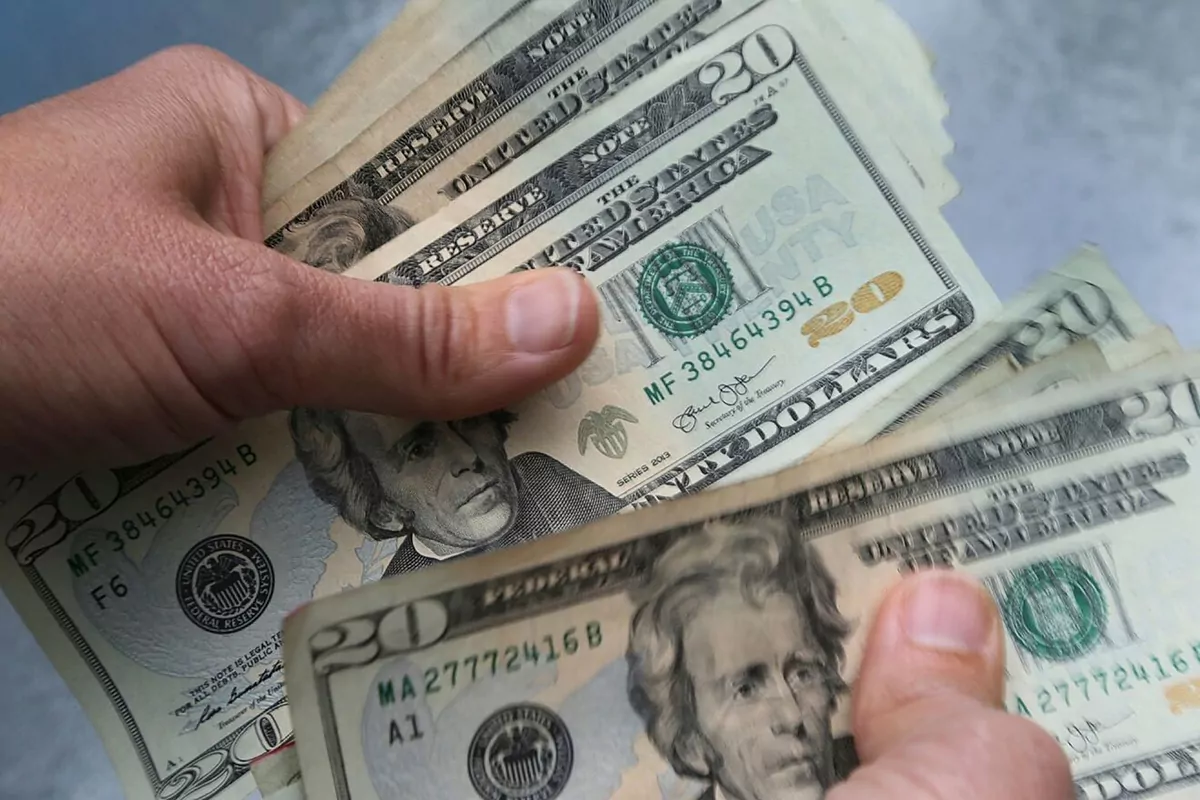The erratic weather conditions, which included the driest August in more than a century, have sent food prices in India, which is a significant player in global agri-trade, spiraling past 11%.
Since June, the price of onions on the domestic market has increased by a quarter, making them more expensive even as tomato prices begin to level out. In addition, pulses, which are used to make the simple dish known as dal (lentil soup), are around twenty percent more expensive now than they were at the beginning of the year.
Some analysts believe that India is experiencing a “curry problem” because the price of a typical vegetarian meal has increased by a third in only the month of July alone.
A number of significant state elections are being held in India this year, and a massive general election is scheduled to take place in the summer of next year. As a result, the Indian government has sprung into action, releasing a series of measures to contain food inflation.
After India placed a ban on wheat exports in May 2022, the country recently declared that it will immediately halt the export of non-basmati white rice. More recently, the Ministry of Finance slapped a tariff on onions equal to forty percent of their value in an effort to reduce exports and enhance domestic supplies.
According to Rajni Sinha, chief economist at CareEdge Group, “the likelihood of a ban on sugar exports has also increased” because sugar production is anticipated to be lower this year.
According to the analysts, the administration may strengthen its response by taking additional steps in the near future. For example, given that the successive export bans on rice have not yet succeeded in lowering local rice price inflation, “the government could seek a more comprehensive ban,” according to a recent note published by the international brokerage firm Nomura.
As a result, does India run the risk of exporting food inflation to the rest of the world with the robust defense of domestic pricing it maintains?
It is the opinion of the International Food Policy Research Institute (IFPRI) that this is the case, particularly with regards to rice, sugar, and onions. India has become the world’s greatest exporter of rice during the previous decade, and it currently maintains a market share of forty percent. Additionally, India is the world’s second largest exporter of sugar and onions.
The Food and Agriculture Organization of the United Nations (FAO) Rice Price Index increased by 2.8% in the month of July, reaching its highest level since September 2011. This spike was mostly driven by price hikes in the Indica variety of rice, whose exports were banned by India. According to the FAO, this has increased the amount of “upward pressure” on the pricing of rice originating from other regions.
According to Joseph W Glauber, senior research researcher at IFPRI, who spoke with the BBC, “since the ban was announced at the end of last month, the prices of Thai rice have increased by 20%.”
The food insecurity in 18 “hunger hotspots” that have been recognized by the FAO and the World Food Programme of the United Nations could worsen as a result of this, which could have a particularly catastrophic effect on the world’s impoverished population.
Rice is a staple food that makes up a major portion of the caloric intake for millions of people across Asia and Africa. Rice accounts for a large amount of this consumption. In addition, India is a significant supplier to the aforementioned markets.
According to the IFPRI, there are 42 nations in Asia and Sub-Saharan Africa that acquire at least half of their total imports from India, with that number increasing as high as 80 percent in some countries. The IFPRI also found that India’s contribution “cannot be easily substituted with imports from other large exporting countries such as Vietnam, Thailand, or Pakistan.”
According to Upali Galketi, senior economist at the markets and trade division of the FAO, elevated global food prices could also have other implications in these countries. For example, they could keep food import bills high, which would lead to the use of valuable foreign exchange and “thus worsen balance of payment problems and contribute to inflation.”
However, the acts of India cannot be held solely responsible for the rise in the price of food around the world. Other key causes that have contributed to this situation include Russia’s invasion of Ukraine, which led to the cancellation of the Black Sea Grain Initiative, and terrible weather conditions all across the world.
What was the deal with the grain at the Black Sea?
According to Mr. Galketi’s comments to the BBC, the convergence of these market dynamics has “resulted in reversing the declining trend in international food prices observed since the middle of last year.”
Despite a recession in many parts of the world, such as China, global food prices have reached record highs in recent months. Because of this, there is less demand for food internationally from these regions, which is a factor that is driving up costs.
As a result of falling costs for both oil and grains, the World Bank anticipates that its food price index will average a lower level in 2023 compared to 2022. However, economists believe that the direction of future prices will be determined by the effects of the El Nio weather phenomenon, which has the potential to have far-reaching ramifications and put more pressure on food markets.
In the midst of the unpredictability, there have been appeals from a variety of sources, including the International Monetary Fund, for India to lift the embargo it has placed on the export of essential commodities.
“export bans have other negative externalities, such as denting India’s reputation as a reliable supplier and preventing farmers from benefiting from remunerative prices globally,” say analysts at Nomura. This is in addition to the fact that export bans contribute to the overall rise of food prices around the world.
Trade restrictions have the potential to exacerbate boom-and-bust price cycles. For instance, increased inflation in pulses in 2015-16 led to a major increase in imports in India; but, regular monsoons and stronger domestic output in the coming years led to a supply glut, and prices collapsed into deflationary territory through 2017-18.
Others, such as Mr. Glauber, have expressed concern that “importers may choose to find other more reliable partners if the benefits of diversifying suppliers outweigh the considerations of price.”
The Food and Agriculture Organization of the United Nations (FAO) believes that the most important concern comes from the possibility that additional countries would resort to export restrictions, which would “undermine trust in the global trading system.”
On the other hand, there are many who believe that realpolitik and a will to achieve food self-sufficiency will take precedence over these other factors in India, particularly during a period that is politically delicate.
In the past, high prices of crops like onions have led to election setbacks in India; add to that an already shaky consumer recovery, and you have a recipe for disaster. The rising cost of food, which accounts for a significant portion of the expenses incurred by the typical Indian, has the potential to cut into discretionary incomes in advance of the impending holiday season, which would further derail this recovery.
Because it is a supply-side issue, the Reserve Bank of India has already increased interest rates six times, and there is not much more it can do to curb food inflation.
Therefore, the government is left with very few options, the most viable of which is to impose trade restrictions.
Right now, the primary concern of every nation is working to bring inflation under control in its own economy. According to Ms. Sinha, “I would say India needs to take care of its own interests before it starts worrying about global inflation.”




